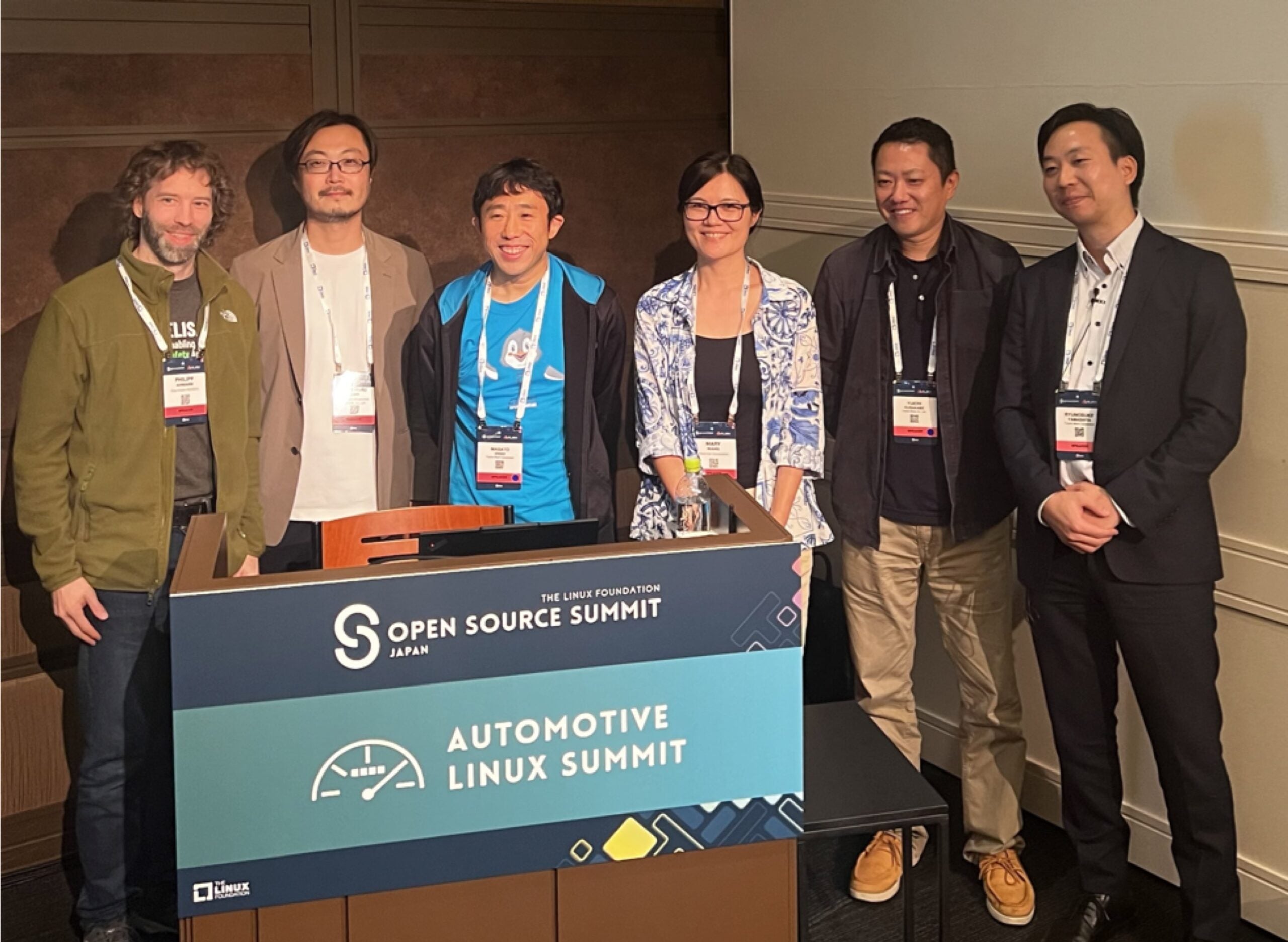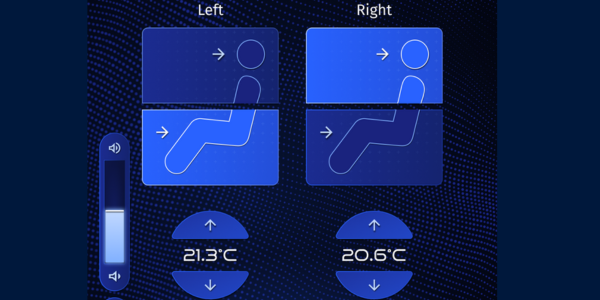Growing community is fueling development of the industry’s only fully open and customizable automotive platform
SAN FRANCISCO and TOKYO (AUTOMOTIVE LINUX SUMMIT), June 30, 2014 – Automotive Grade Linux (AGL), a collaborative open source project developing a common, Linux-based software stack for the connected car, today announced that its first open source software release is available for download, bringing the industry one step closer to achieving a standard Linux-based software platform for the connected car.
AGL is building the industry’s only fully open automotive platform, allowing automakers to leverage a growing software stack based on Linux while retaining the ability to create their own branded user experience. Standardizing on a single platform means the industry can rapidly innovate where it counts to create a safe and reliable connected car experience. Open collaboration within the AGL community means support for multi-architectures and features to bolster the in-vehicle infotainment (IVI) experience.
“Openness and collaboration are key to accelerating the development of a common, standard automotive platform so the industry can more quickly achieve its vision of delivering the connected car,” said Dan Cauchy, general manager of automotive, The Linux Foundation. “This AGL release is a great step forward and the community is already looking to build on its work to address a number of additional capabilities and features in subsequent releases. With AGL at the core, the industry will be able to more rapidly innovate and evolve to meet customer needs.”
AGL builds on top of Tizen IVI and adds key applications developed in HTML5 and JavaScript into a single open source reference platform.
See slideshow of AGL key features including:
- Home Screen
- Dashboard
- Google Maps
- HVAC
- Media Playback
- News Reader (AppCarousel)
- Audio Controls
- Bluetooth Phone
- Smart Device Link Integration
Each component includes a detailed Design Requirements Document (DRD) with descriptions, use cases, HMI flows, graphical assets, architecture diagrams and more. AGL code, DRDs and more are all available on the AGL wiki to give anyone the background and tools needed to use the software and start contributing to the project.
“Using AGL means the industry benefits from the stability and strength of a common Linux distribution, Tizen IVI, at the core while bringing their own unique applications and functionality to market faster,” said Rudolf Strief, director of embedded solutions, The Linux Foundation. “Collaborating within the AGL community helps the industry avoid fragmentation that can waste time and R&D resources that could be put to better use innovating on safety and reliability for drivers.”
AGL is free to download and anyone can participate in the open source community. Learn more: http://automotive.linuxfoundation.org.
About Automotive Grade Linux (AGL)
Automotive Grade Linux is a collaborative open source project that aims to accelerate the development and adoption of a fully open software stack for the connected car. Leveraging the power and strength of Linux at its core, AGL is uniting automakers and technology companies to develop a common platform that offers OEMs complete control of the user experience so the industry can rapidly innovate where it counts. The AGL platform is available to all, and anyone can participate in its development. Learn more: http://automotive.linuxfoundation.org/
Automotive Grade Linux is a Collaborative Project at The Linux Foundation. Linux Foundation Collaborative Projects are independently funded software projects that harness the power of collaborative development to fuel innovation across industries and ecosystems. www.linuxfoundation.org
Additional Resources
- Developer Resources
- Automotive Grade Linux Wiki
- Automotive Grade Linux Webinars
- Participating in Automotive Grade Linux
- Download Automotive Grade Linux
Media Inquiries
The Linux Foundation




